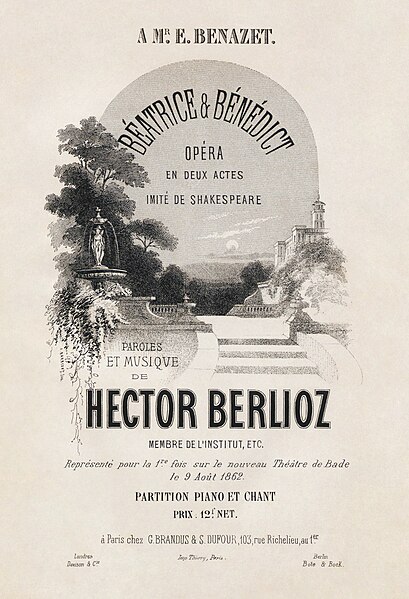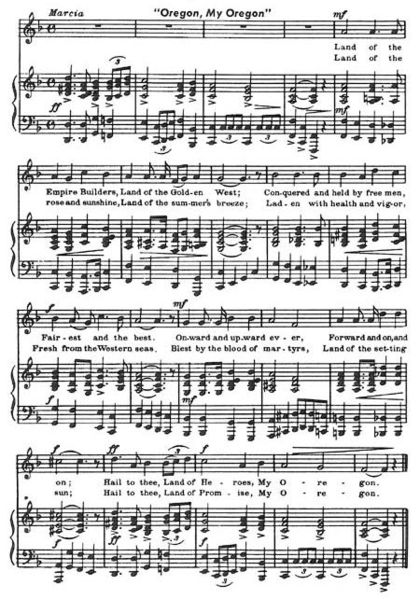Playing or learning by ear is the ability of a performing musician to reproduce a piece of music they have heard, without having seen it notated in any form of sheet music. It is considered to be a desirable skill among musical performers, especially for those that play in a musical tradition where notating music is not the norm.
A group of Hindustani musicians (c. 1870)
Sheet music is a handwritten or printed form of musical notation that uses musical symbols to indicate the pitches, rhythms, or chords of a song or instrumental musical piece. Like its analogs – printed books or pamphlets in English, Arabic, or other languages – the medium of sheet music typically is paper. However, access to musical notation since the 1980s has included the presentation of musical notation on computer screens and the development of scorewriter computer programs that can notate a song or piece electronically, and, in some cases, "play back" the notated music using a synthesizer or virtual instruments.
Title page for the first-edition vocal score for Hector Berlioz's Béatrice et Bénédict
Page from the autograph score of Fugue No. 17 in A♭ major from J. S. Bach's The Well-Tempered Clavier
Sheet music for the song "Oregon, My Oregon"
A conductor's score and baton





